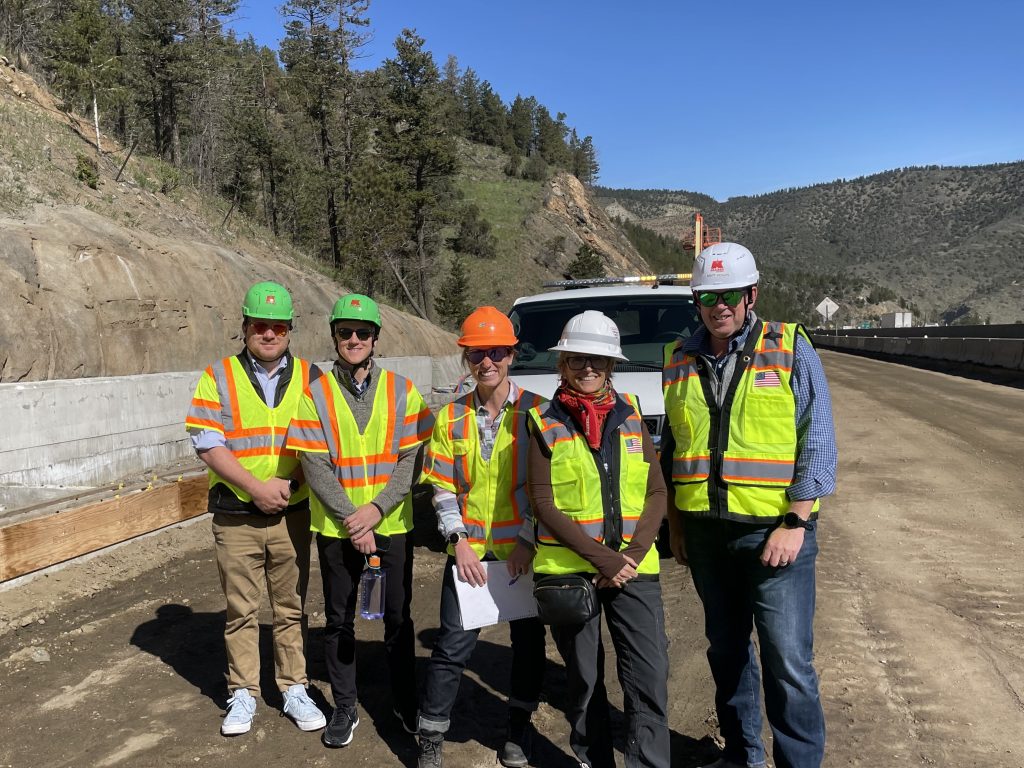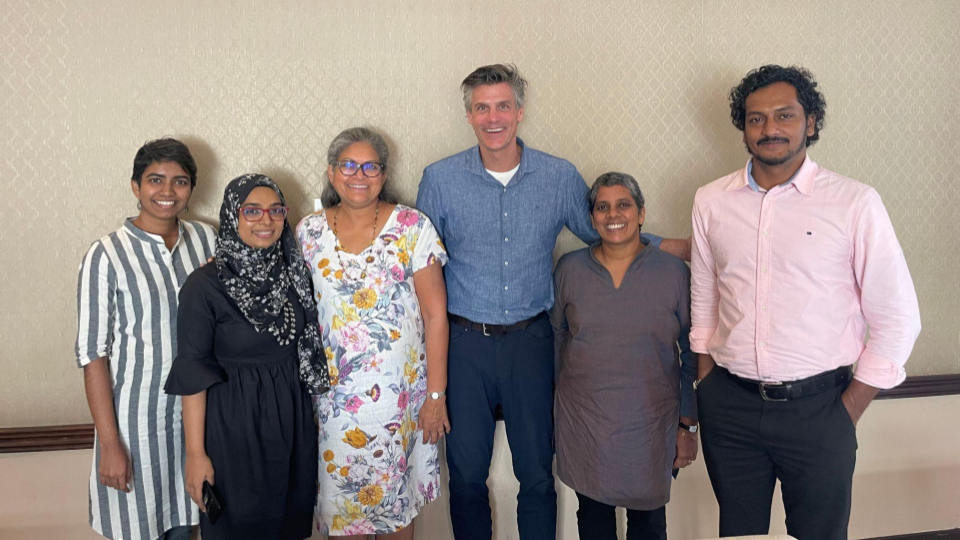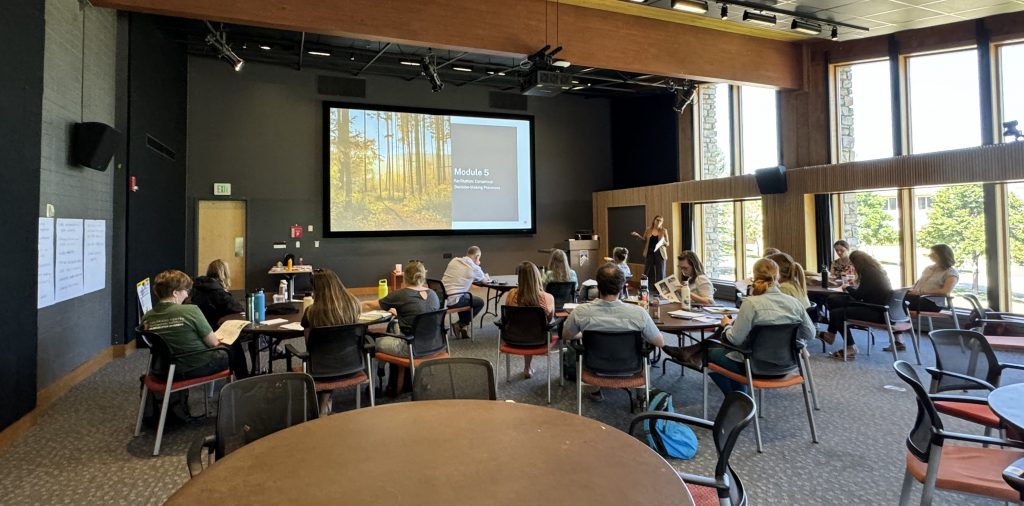by CDR Program Manager Daniel Estes
Colorado’s transportation system is at a pivotal moment. With a rapidly growing population, increased demand for recreational access, and the need for sustainable, multimodal solutions, the state’s infrastructure is under pressure like never before. Projections indicate the state’s population could rise to 8 million by 2050 —and in 2022, Denver drivers spent an average of 54 hours in traffic.
The challenge now is how to meet the diverse needs of drivers, cyclists, pedestrians, and transit users while preserving Colorado’s natural beauty and fostering long-term economic growth.

At CDR Associates, we are uniquely positioned to help agencies and communities across the state navigate these challenges. As facilitators, we play a critical role in building consensus among the many voices involved in shaping the future of Colorado. Two of CDR’s current projects underscore the evolving nature of Colorado’s transportation network and the need for ongoing, strategic collaboration: The I-70 Floyd Hill Project and the Jefferson County Clear Creek Trail Master Planning effort (formerly known as the “Peaks to Plains Trail”).
Floyd Hill—a notorious bottleneck between Evergreen and Idaho Springs—has long been a source of frustration for commuters and travelers alike. With traffic congestion, sharp curves, and limited opportunities for passing, this stretch of road has proven difficult for both drivers and freight carriers, especially during peak travel times. The Floyd Hill Project addresses these issues head-on, aiming to significantly improve traffic flow, safety, and access for all types of travelers, from private vehicle users to cyclists and public transit passengers.
At CDR Associates, we are proud to be part of this transformative project. Our role focuses on facilitating the Context Sensitive Solutions (CSS) process, a collaborative and inclusive approach designed to ensure that community values, environmental concerns, and transportation needs are all addressed throughout the planning, design, and construction phases. As facilitators of the Technical Teams and Project Leadership Team, we work to ensure that all perspectives are considered, and that solutions are developed in a way that balances the interests of multiple user groups and impacted parties, including drivers, cyclists, pedestrians, environmental advocates, local businesses, and communities along the corridor.
Similarly, our work on the Clear Creek Trail project (formerly the “Peaks to Plains Trail”) is a testament to CDR’s commitment to enhancing multimodal access across the state. The Clear Creek Trail is an ambitious effort to create a 65-mile route connecting the Colorado Front Range to the Continental Divide, providing both recreational and commuter opportunities for cyclists and pedestrians. The Clear Creek Greenway, part of the mountain segment of the Clear Creek Trail, exemplifies the tangible connection between the Floyd Hill project and the Clear Creek Trail initiative, as both projects are integral to improving connectivity and access in the region. CDR’s role on the Clear Creek Trail has been multifaceted, including supporting strategic planning efforts for a multi-jurisdictional coalition of stakeholders, as well as supporting decision-making related to branding and wayfinding.
As of this writing, several segments of the Floyd Hill project have already commenced with construction, while the most technically complex section, the Central Section, is slated to begin in the coming months. We at CDR look forward to supporting CDOT, the Floyd Hill Project Team, and Clear Creek Trail stakeholders in delivering lasting solutions for Colorado’s transportation future.


